How the Pixel 3 Can Finally Beat Samsung and Apple
From design and distribution to AI and unique features, here's what Google needs to do to win against the iPhone X, Galaxy S9, HTC U12 and its other flagship smartphone rivals.
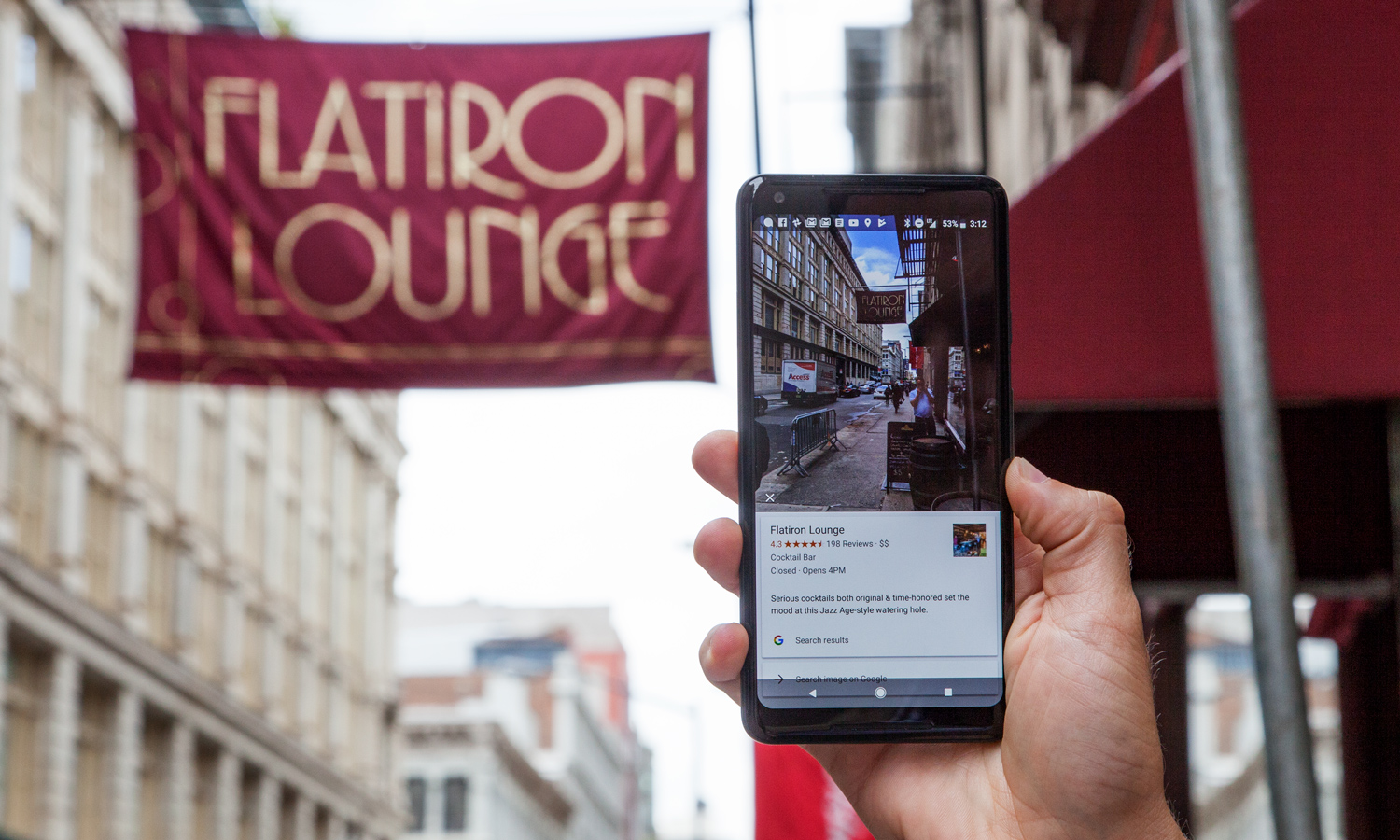
Google's Pixel 2 proved that the company could make a great smartphone that could go toe to toe — and actually beat — the iPhone X and Galaxy S9 in terms of camera quality. The Pixel 2 and Pixel 2 XL were also the first to include innovative AI features like Google Lens, and they always have the newest and freshest Android OS.
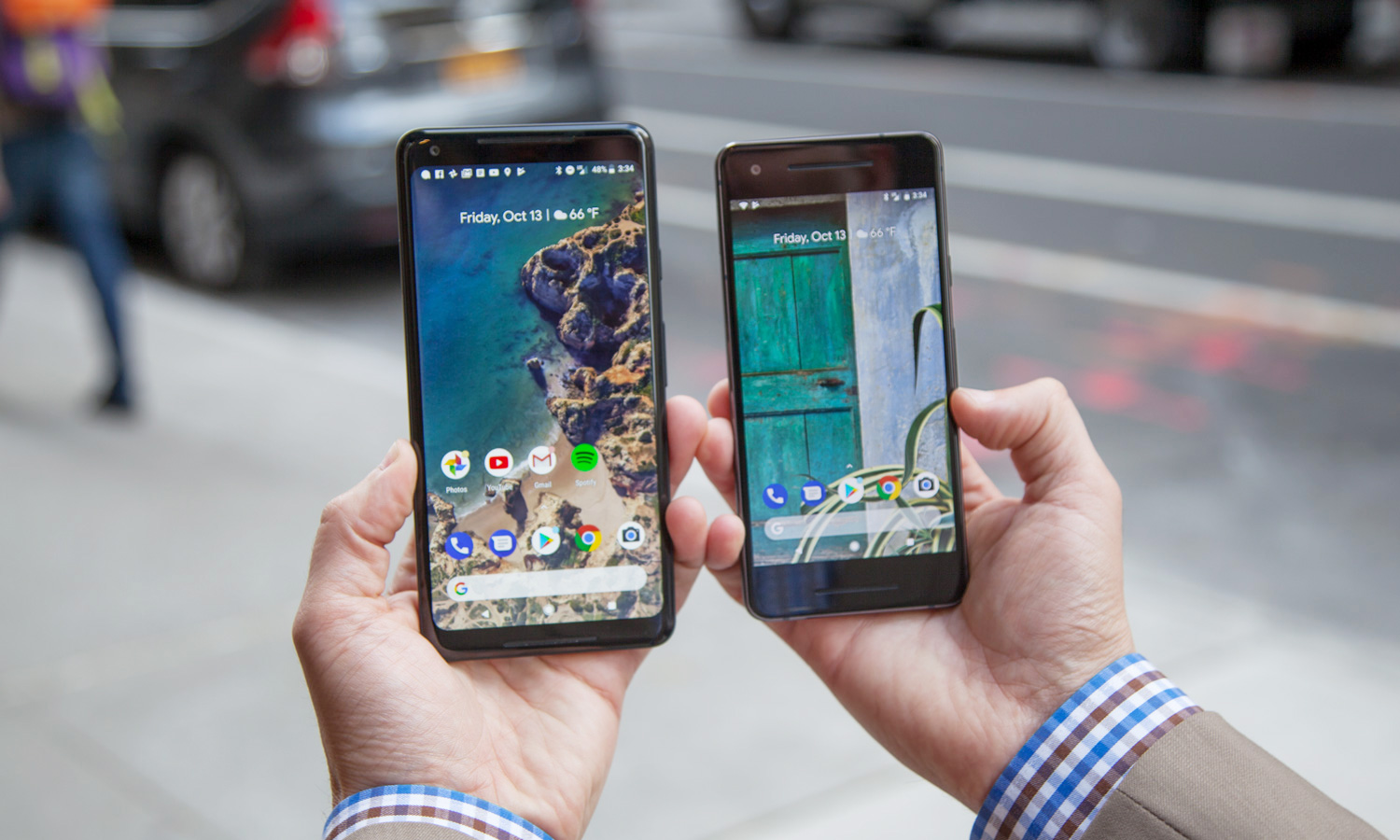
There's just one problem: Very few people have bought Google’s phones. According to market research firm IDC, Google sold just 3.9 million Pixel devices in 2017. Compare that to 215 million units for Apple and 317 million for Samsung, though those figures include models beyond the flagships.
"The Pixel 2 has not been remotely competitive, especially in the U.S," said Avi Greengart, research director of consumer platforms and devices at GlobalData. "I would say that, given the amount of money that Google spent, it was not successful."
As Pixel 3 rumors start to proliferate, here's what Google needs to do to be more than just a gnat to Apple and Samsung with its next phones.
Better design, leveraging HTC
With their polarizing two-tone backs, the Pixel 2 and Pixel 2 XL look similar from the rear. But turn them around, and it's clear that they were not designed by the same company.
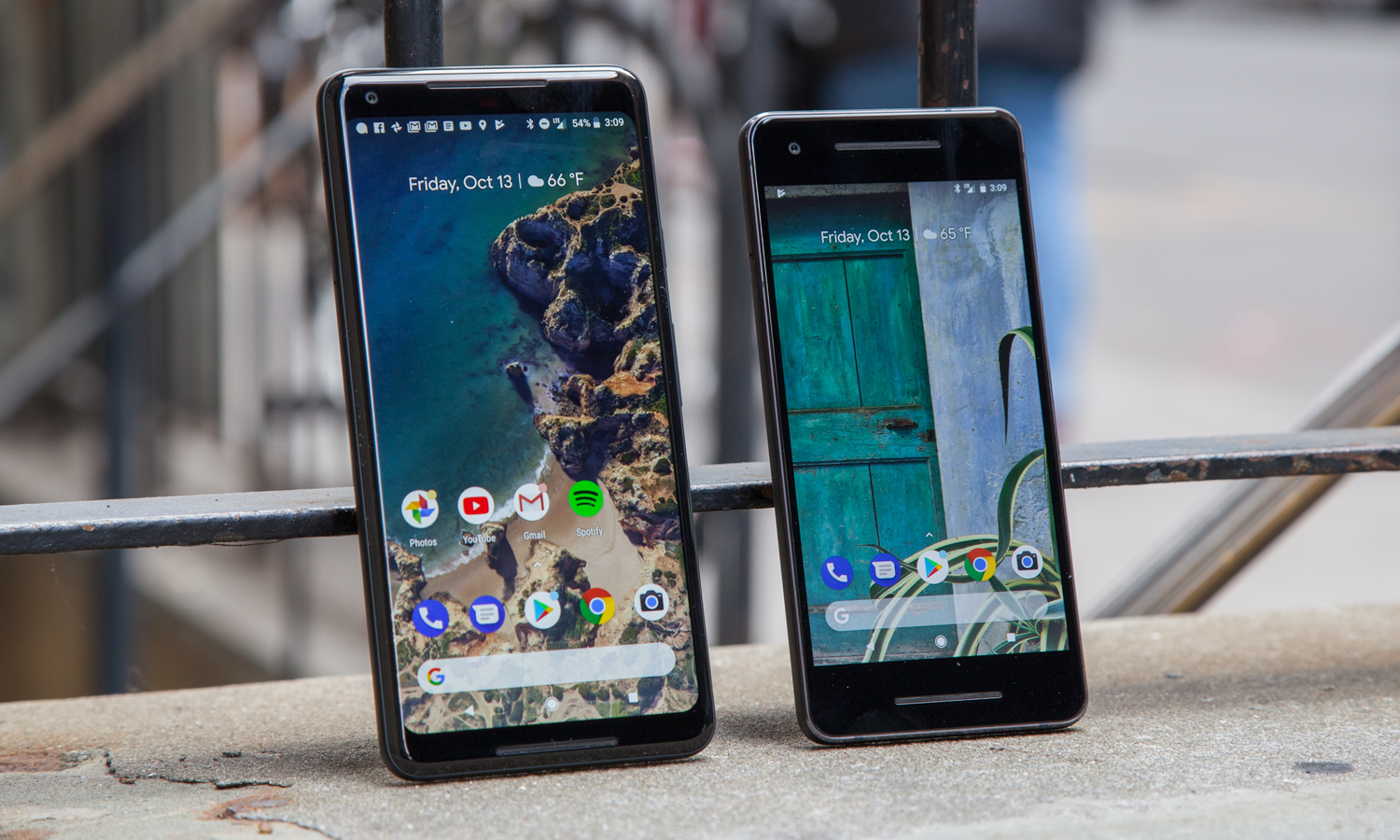
The Pixel 2 (made by HTC) has chunky-as-hell bezels that make the product look cheap, and while the Pixel 2 XL (designed by LG) has narrower bezels, it's not a full-screen design like the Galaxy S9.
But help is on the way in the form of Google's $1.1 billion acquisition of HTC's smartphone team, which was completed in January. The company turned heads with its sexy HTC U11.
Sign up to get the BEST of Tom's Guide direct to your inbox.
Get instant access to breaking news, the hottest reviews, great deals and helpful tips.
Based on early reports, Google may be embracing the notch design that the iPhone X made famous, but bringing HTC in-house is not just about aesthetics.
MORE: The Best Android Phones You Can Buy Right Now
"The HTC team has a lot of expertise with design," said Ramon Llamas, research director for mobile devices at IDC. "There's something to be said about controlling your destiny when you do software and hardware at the same time."
If that sounds a lot like how Apple operates, it's not a coincidence. For example, some analysts believe that Apple was able to get a two-year head start on its rivals with Face ID on the iPhone X because of how closely its hardware and software teams worked together.
"Apple doesn't release a feature until the hardware can keep up with it," Llamas said. "And, the hardware doesn't do anything until there's some good software to go along with it."
Much broader distribution (even if it angers partners)
For whatever reason, Google wanted the Pixel 2 and Pixel 2 XL to be Verizon exclusives. Sure, you could buy the devices unlocked from Google or a retailer and then bring them to your carrier, but most shoppers are still accustomed to going through their wireless provider for their next handset.
If the Pixel 3 is going to be a hit, Google will need to change its strategy, even if it causes some agita on the part of its partners like Samsung, Motorola, HTC and others. That means Google should try to not only go for the Big Four (AT&T, T-Mobile, Sprint and Verizon) but also work with smaller carriers like MetroPCS and Boost.
MORE: Best Phone Carrier - Wireless Companies Reviewed, Compared
There's a rumor that Google is working on a midrange Pixel 3 model that would be targeted primarily at India and emerging markets, but the company could decide to bring the device stateside for certain providers that are geared toward cheaper plans and hardware.
Should Google decide to broaden its distribution channels for the Pixel 3, there will be inherent risks. But the company will need to weigh those risks versus the reward of getting its devices — and its vision for Android — into more hands.
"Here's the interesting politicking thing that goes on: Does Google really want to introduce a flagship device that's going to alienate and put a lot more competitive pressure upon all those other vendors out there?" Llamas said.
Build on the best camera
After we put the Pixel 2 up against the iPhone X and Galaxy S9+ in a three-way camera shoot-out, Google's flagship came out on top, even though the Pixel 2 and Pixel 2 XL don't feature dual rear cameras as Apple's and Samsung's flagships do.

Google's phones can pull off realistic-looking portraits with a blurred background (bokeh effect) without a secondary telephoto lens. It all happens in the software, thanks to artificial intelligence.
That is absolutely astonishing software, Greengart said, "that Google could, if it wanted to, put in every Android phone."
MORE: Best Smartphone Camera - Phones with the Best Quality
Nevertheless, it would be nice if Google added a secondary lens to at least the Pixel 3 XL (if that's what it winds up being called), so that one of its handsets offered a 2x optical zoom. That's one of the few areas where the Pixel 2 fell behind the competition.

Google Lens is another great example of where the company is taking AI and augmented reality. Using the app, you can leverage the camera in the Pixel 2 to identify anything from restaurants and landmarks to books or paintings and get more information on the fly. The company has since rolled out this functionality to other Android phones and even iOS.
Make a more proactive assistant
With Google Assistant just a squeeze away, Google did a good job of making its answer to Siri and Alexa easy to access on the Pixel 2 XL, and there are tons of things you can do with it. But for the Pixel 3 to really wow, Google will have to find more ways for its Assistant to anticipate your needs and surprise shoppers with its intelligence.
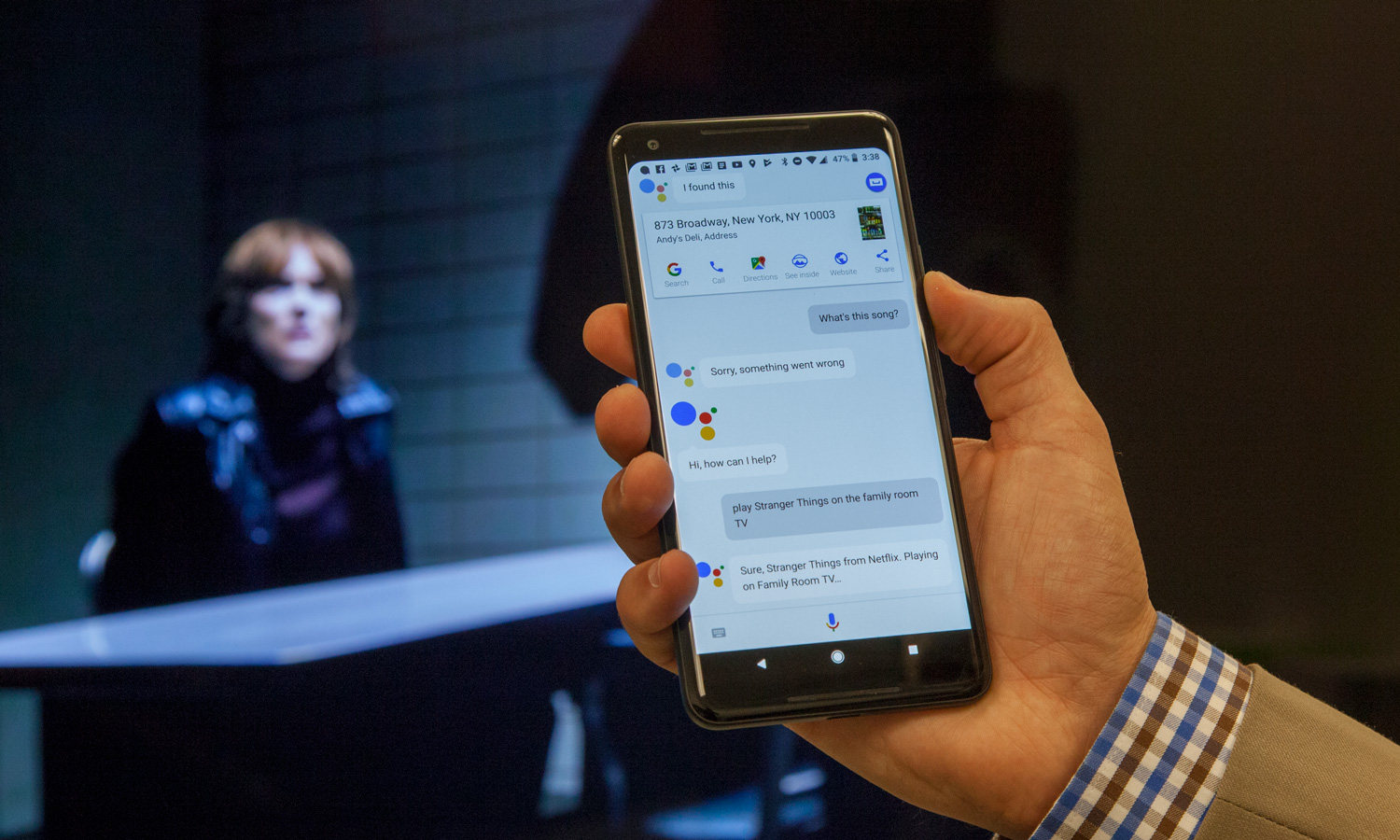
It's a small example, but the Pixel 2 can automatically tell you what song is playing in the background right on your lock screen. With the Pixel 3, Google will have to build on features like this.
At the same time, most consumers don't understand how Google Assistant on the phone can work with Google Home and other products, such as Nest cameras and thermostats. They are pieces of a puzzle that people don't know how to put together.
MORE: Best Gadgets with Google Assistant
"How do we connect those dots to make it easier for a lot of people to make sense of these things?" Llamas said.
At first, it might be as simple as being able to set the temperature on your Nest thermostat to a particular temperature as you're driving home. But what if you were getting pinged by Google Assistant and it proactively approached you?
Llams describes it this way, with the phone asking, "Hey, Ramon, do you want [me] to turn the lights on and adjust the thermostat for you?" At that point, he added, a light bulb would go off for a lot of people.
According to a Bloomberg report, Google Assistant will also be opened up to third-party developers, so there are lots of possibilities for expanding the reach of Google’s digital assistant.
First with Android P
We won't know about the coolest features of Google's next operating system, Android P, until Google I/O in May. But the company has revealed some of them already in its developer build preview, such as smart replies within the notification shade, better media output controls and the ability to lock down your device with a push of a button.
In this day and age of Facebook privacy scares, it's also comforting to know that Android P will block apps running in the background from accessing the mic and camera. Other than support for notch designs, not much else is known about Android P.
MORE: How to Get Android P Early (If You Dare)
The real benefit for users is that the Pixel 3 phones will be the first to launch with the software, and it has taken up to a year (or more) for other flagships to adopt Google's latest and greatest OS. But based on what we've observed, software alone won't compel shoppers.
The uniqueness factor
Right now, if you went by the marketing message, you would think that Google makes a great camera phone with unlimited photo storage. And while that's a great start, it's not enough to get shoppers to jump ship from their iPhones and Galaxy phones. Google will need to come up with something truly unique to differentiate itself.
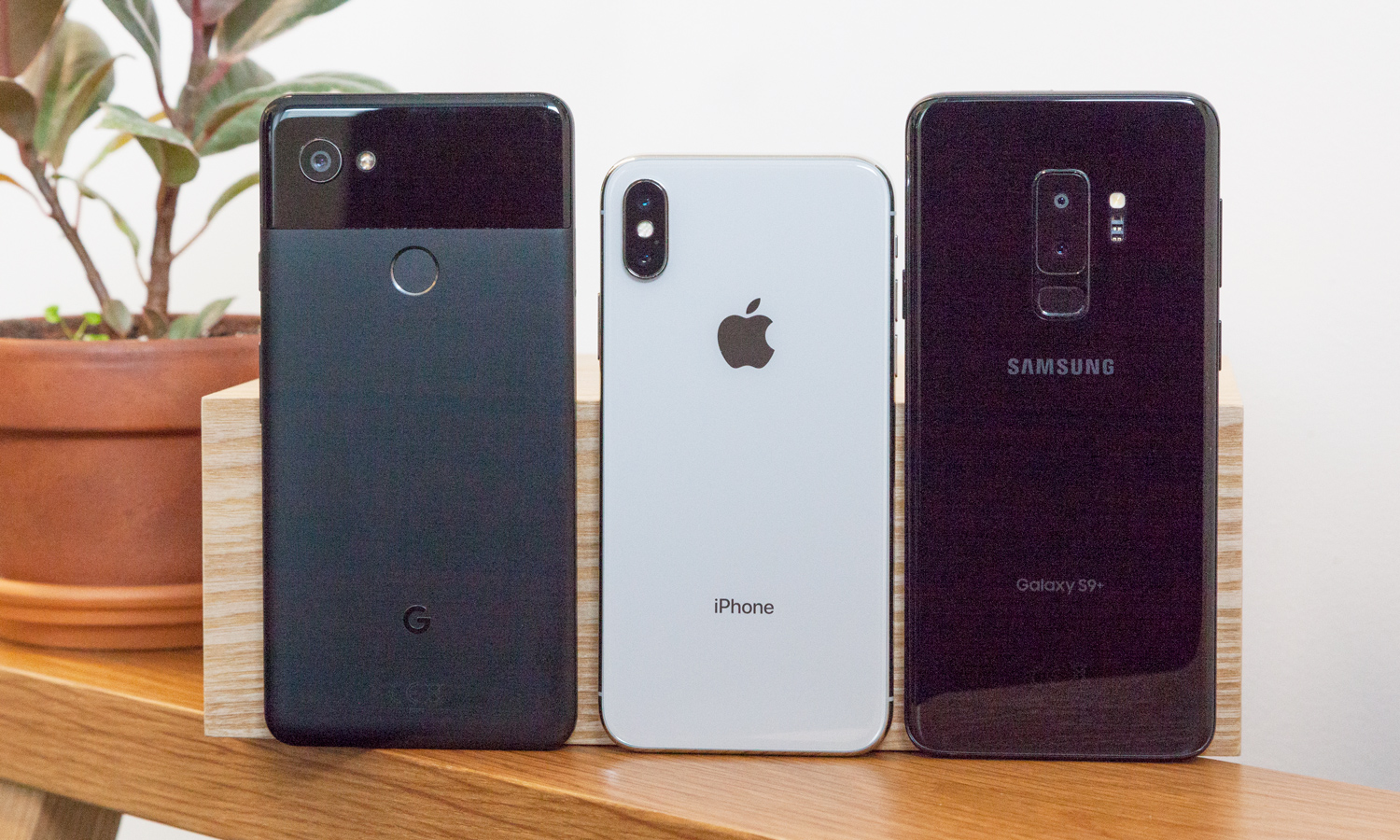
"It's clear that simply having a phone with the Google brand on it and stock Android is not enough to get people to switch away from better-known brands with unique features," said Greengart. "And, so, if Google is integrating hardware and software, show me the benefits of that."
Although Samsung is often criticized for offering too many special features on its phones, some of which may have dubious value — cough, AR Emoji — it was also the first to offer split-screen multitasking, Live Focus for adjusting the blur effects on photos and an always-on display.
"When was the last time you opened up a Samsung phone and you were really treated to Samsung software and applications? There's plenty," said Llamas.
The trick for Google is figuring out which killer features will resonate with people other than hard-core Android purists who have gravitated toward the Pixel and Pixel 2 — things that simply wouldn't be possible without the right combination of hardware and software.
Credit: Shaun Lucas/Tom's Guide
Mark Spoonauer is the global editor in chief of Tom's Guide and has covered technology for over 20 years. In addition to overseeing the direction of Tom's Guide, Mark specializes in covering all things mobile, having reviewed dozens of smartphones and other gadgets. He has spoken at key industry events and appears regularly on TV to discuss the latest trends, including Cheddar, Fox Business and other outlets. Mark was previously editor in chief of Laptop Mag, and his work has appeared in Wired, Popular Science and Inc. Follow him on Twitter at @mspoonauer.
-
tholos7 I stopped reading after i saw that the writer thinks the pixel 2 was made by lg and the 2 xl by htc. Dude it was made the other way around, search first then write an articleReply -
Mark Spoonauer Thanks for your comment. This error has been corrected.Reply20864950 said:I stopped reading after i saw that the writer thinks the pixel 2 was made by lg and the 2 xl by htc. Dude it was made the other way around, search first then write an article
-
maxcypond My next phone will be a sub-$500 phone. If Google is in 'that price sphere' I will be happy to compare and buy from them. Yet, if they seem invested in fighting with the big names with increasingly expensive phones - I just can't say I'm interested in another expensive phone . Google is certainly closer to my price, but they have top stay that way. I hope they have a Pixel 3 that is below $499 and not just phone in teh $600 range.Reply -
greg.stellarcanada $1200 is a good reason to not buy. I bought a OnePlus 5 with 8Gb ram, 128 Gb storage for $700Reply -
amgdowner My Nokia Lumia 820 had "Google Lens" through "the Here City Lens" augmented reality app back in 2013, so it's good to see they are finally catching up. It was great for finding restaurants close by when we were out on a trip.Reply -
joker9799 The majority of Android users will never take a Pixel phone seriously as long as they keep releasing phones with no SD card slots and no headset jack. If we wanted an IPhone, we'd buy a crappy IPhone. We buy Samsung or other top brands because they listen to what their users want, a headset jack and a SD card slot. Samsung tried to take the SD card slot out for one model, and it didn't sell, so they put it back.Reply
You cant release a "premium" product with less than what your strongest competitor is producing and expect a similar price point to be attractive. A great camera is nice, but not worth what Google is asking, when it cut out 2 of the biggest things Android users expect.
When Google gets their act together and puts out a 'complete' Android phone, I'll consider buying one. Until then, I'll stay loyal to the brands that are loyal to their customers, and actually produce 'complete' phones. -
thompson.matthew.james Google will not be able to beat Samsung, nor do I think it wants to. Samsung is still a huge manufacturer regardless of what finished product they put out, so they won't be attacking them directly. If anything, they may try to jab at the iPhone a few more times but if they throw a ridiculous price on another Snapdragon 845 phone with 4-6GB of RAM, a 2:1 aspect ratio screen, no headphone jack, and a glass back, they're not going anywhere. The market is just so saturated, and Google's only one-up is that they own the operating system. They've also botched up the operating system so bad that it isn't impressive.Reply
I've had only HTC-made smartphones since 2011: The Droid Eris, Rezound, One (M8), and now the 2016 Pixel XL. You know what I miss? My Eris.
Go back to the basics, Google, and look at what USED to make Android phones great. Look back at the Nexus One, also made by HTC, and let the glory days come alive.
Nobody has a swappable battery pack anymore. Everyone seems to be getting rid of the headphone jack. And nobody has pockets that can hold a cellphone anymore without bending them. Fix that, and you might have a winner.

